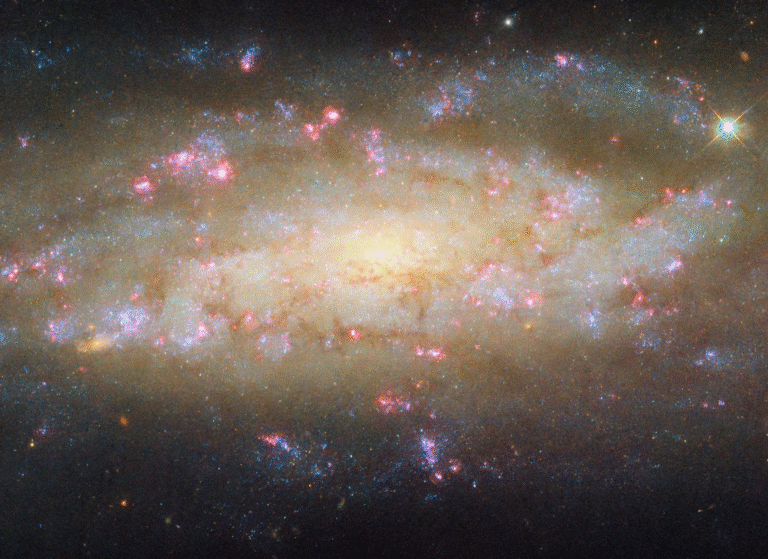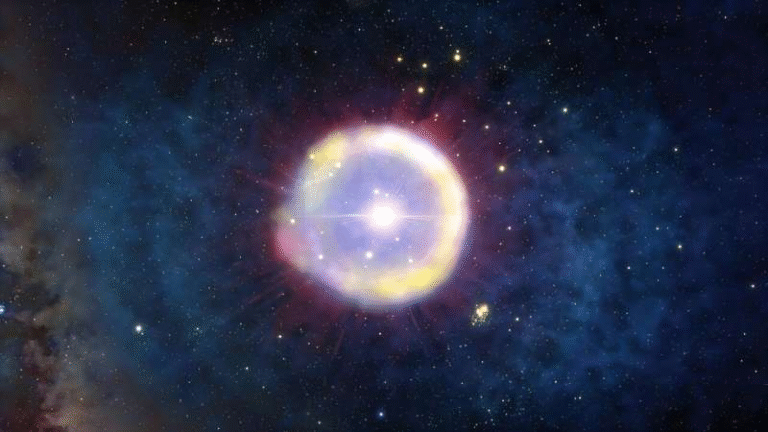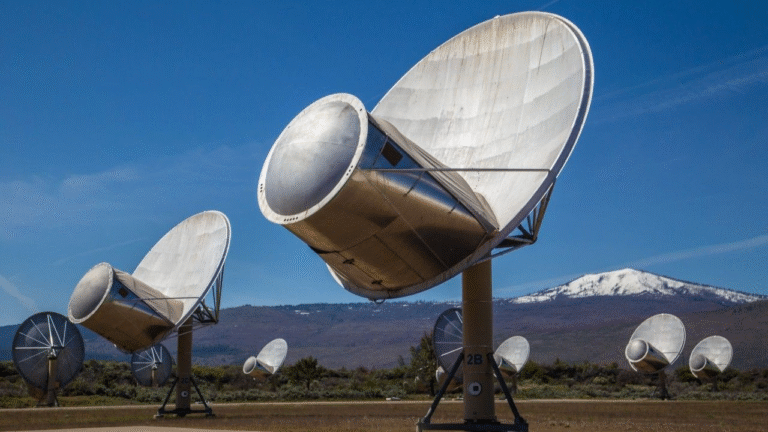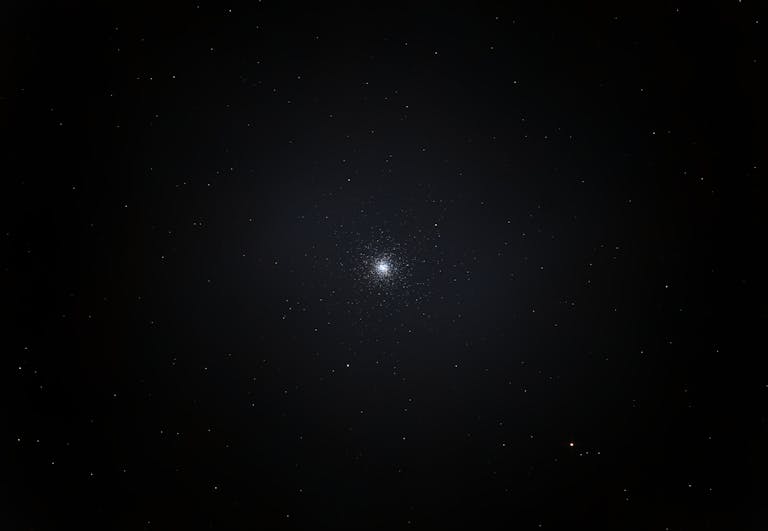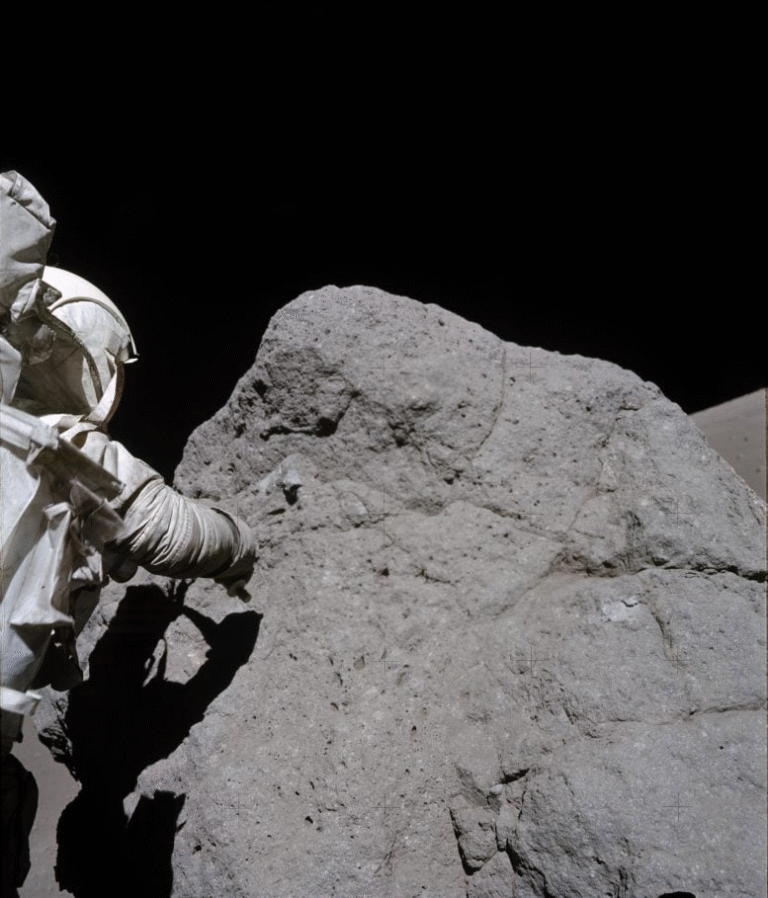Asteroid Ryugu Reveals a Billion-Year-Old Secret About Water in the Solar System

Scientists have uncovered something remarkable about asteroid Ryugu — it seems this small, carbon-rich rock once had liquid water flowing through it for more than a billion years after it formed. This unexpected discovery reshapes what scientists thought they knew about how water behaved in the early solar system and how Earth may have gained its oceans.
The finding comes from a detailed study of tiny rock fragments collected by Japan’s Hayabusa2 spacecraft, which visited Ryugu in 2018 and brought samples back to Earth in 2020. The research team, led by Tsuyoshi Iizuka from the University of Tokyo, analyzed the samples at an atomic level and found clear evidence that liquid water persisted far longer inside Ryugu’s parent body than scientists had ever imagined.
Let’s break down what makes this discovery so important — and how it changes our understanding of asteroids, water, and the story of our planet.
The Discovery: Liquid Water That Refused to Leave
The samples from Ryugu were only a few grams in total, but they hold a universe of information. Using advanced geochemical techniques, scientists measured isotopes of lutetium (Lu) and hafnium (Hf) — two rare elements that can serve as a natural radioactive clock. Over time, lutetium-176 decays into hafnium-176, and by comparing how much of each isotope is present, researchers can estimate the age of certain geological processes.
Here’s where things took an unexpected turn: the ratio of 176Hf to 176Lu was much higher than expected. This anomaly suggested that something had disturbed the usual radioactive balance. The most logical explanation was that a fluid — specifically, liquid water — had moved through the rock and leached out some of the lutetium, changing the isotopic composition.
That means Ryugu wasn’t just a cold, dead rock. It had liquid water circulating within it long after it formed, possibly due to internal heat or impact events that melted buried ice. The researchers believe the water activity occurred more than a billion years after the asteroid’s birth, which makes it a genuine surprise for planetary scientists.
What Triggered the Water Flow?
The researchers traced the likely cause of this ancient plumbing system to an impact event. When a larger asteroid struck Ryugu’s parent body, it may have fractured the rocks and melted subsurface ice, allowing liquid water to percolate through cracks. Over time, that water altered the asteroid’s chemical makeup before eventually freezing or evaporating away.
Ryugu’s current form is thought to be a collection of debris from that catastrophic impact — a rubble pile left over after the parent body broke apart. In other words, Ryugu is a remnant of a much larger asteroid that once harbored liquid water beneath its surface.
This process didn’t just leave chemical fingerprints; it preserved a record of water activity in a way that challenges long-held assumptions. Until now, scientists thought water-related processes on asteroids happened only during the first few hundred million years of the solar system’s history. Ryugu’s story proves that liquid water could exist much later, meaning that the conditions for hydrological activity persisted for far longer than anyone believed.
How the Analysis Was Done
Because Hayabusa2 brought back only a tiny amount of material, every grain of dust was precious. Each experiment used just tens of milligrams — fractions of a grain of rice. To make the most of these limited samples, Iizuka’s team designed new chemistry methods to separate elements with extreme precision while minimizing loss. These methods allowed them to isolate and measure multiple isotopes from a single fragment, revealing fine details of Ryugu’s internal chemistry.
Their results were so distinct that the team first suspected experimental error or contamination. But after extensive checks and comparisons with known meteorites, they confirmed the data was real. The isotopic patterns didn’t match any meteorites previously studied on Earth — meaning Ryugu preserved a unique, pristine record of ancient water activity.
Why This Matters: Rethinking Earth’s Water
One of the biggest questions in planetary science is: How did Earth get its water? Our planet formed in a region of the solar system that was too hot for water to condense, so scientists have long suspected that icy asteroids and comets delivered it later.
Ryugu belongs to a class of carbon-rich asteroids thought to contain organic molecules and hydrated minerals, making them strong candidates for being water carriers. The new study suggests that asteroids like Ryugu might have held onto their water for over a billion years, instead of losing it early as once assumed.
That means when these asteroids eventually collided with a young Earth, they could have delivered far more water than existing models predict — possibly two to three times more. If true, this would profoundly change our estimates of how Earth’s oceans and atmosphere developed, and how long it took the planet to become habitable.
In short, Ryugu may be telling us that the building blocks of Earth were much wetter than we ever imagined.
What’s Next: Comparing with Asteroid Bennu
The team’s work isn’t done yet. They plan to examine phosphate veins inside the Ryugu samples — structures that can help pin down the exact age of when the liquid water flowed. They’ll also compare their findings with data from NASA’s OSIRIS-REx mission, which recently returned samples from another carbon-rich asteroid called Bennu.
If Bennu shows similar signs of long-lived water activity, it could mean that this was a common phenomenon across many primitive asteroids. But if Ryugu is unique, it may tell us that certain rare conditions allowed it to hold on to liquid water longer than its peers.
Either way, the comparison could reveal whether water’s persistence in small bodies was an exception or a rule in the early solar system.
Understanding Asteroid Ryugu
Ryugu, officially known as 162173 Ryugu, is a near-Earth asteroid about 900 meters wide. It’s classified as a C-type (carbonaceous) asteroid, which means it’s rich in carbon compounds and volatile elements. Ryugu’s dark surface reflects very little sunlight, and its composition closely matches the most primitive meteorites that fall to Earth.
The name “Ryugu” comes from a Japanese folktale about Ryūgū-jō, an underwater dragon palace. Fittingly, the asteroid’s samples have turned out to be a treasure chest filled with clues about ancient water and organic material — both essential for life.
When JAXA’s Hayabusa2 spacecraft visited Ryugu in 2018, it became the first mission to touch down, collect samples, and return them to Earth from a carbon-rich asteroid. The spacecraft used small projectiles to stir up dust from the surface and stored the material inside sealed chambers. These samples arrived on Earth in December 2020, landing in the Australian desert.
Since then, researchers around the world have been analyzing Ryugu’s material to understand the chemistry, mineralogy, and isotopic composition of early solar system bodies. The new University of Tokyo study adds a vital piece to this puzzle: the presence of long-lived liquid water.
Why This Finding Changes Solar System Models
This discovery doesn’t just affect how we think about Ryugu — it has broader implications for planetary science. Traditionally, models of the early solar system suggest that small asteroids and planetesimals cooled rapidly and lost their water within a few hundred million years. But Ryugu’s isotopic record shows liquid water activity persisted more than a billion years later, indicating that small bodies could remain chemically active for far longer.
That means the timeline of solar system evolution needs to be adjusted. Rather than a brief period of early water activity followed by billions of years of dormancy, it’s now clear that asteroids remained dynamic — with impacts, fractures, and ice melting continuing to shape their chemistry long after their formation.
This also implies that the ingredients for habitability — water and organic molecules — were available much later in cosmic history, increasing the odds that planets like Earth could form and sustain life-supporting environments.
Additional Insight: The Role of Isotopic Studies in Planetary Science
To fully appreciate the importance of the Lu–Hf isotopic system used in this study, it helps to understand what it tells scientists. Isotopes act like natural fingerprints of geological events. When radioactive isotopes decay, they leave behind ratios that can be measured to determine the age of formation, duration of alteration, or extent of chemical processing.
In Ryugu’s case, the Lu–Hf data show that chemical disturbances — caused by water — occurred long after the rock originally formed. That’s a bit like finding evidence of new plumbing inside an ancient building that was thought to be sealed for centuries. It tells scientists that fluid movement and alteration can happen in environments previously assumed to be inert.
This approach also opens up possibilities for studying other primitive solar system materials. By comparing isotopic systems like Lu–Hf with others (e.g., Rb–Sr, Sm–Nd), researchers can reconstruct the timeline of water flow, mineral formation, and thermal history across multiple bodies — from meteorites to comets.
The Bigger Picture: Water as the Thread of Planetary Evolution
Every discovery about water in space ties back to one of humanity’s biggest questions: How did life begin? Finding evidence of long-lived water activity on an asteroid suggests that the raw materials for life — water and carbon compounds — were not only widespread but also stayed active for far longer than expected.
If water could survive inside small, cold asteroids for over a billion years, it might have migrated throughout the solar system, seeding planets and moons with the essentials for habitability. That makes Ryugu’s story not just about an asteroid, but about how the solar system itself stayed chemically alive long after its fiery beginning.
Research Reference:
Late fluid flow in a primitive asteroid revealed by Lu–Hf isotopes in Ryugu – Nature (2025)
